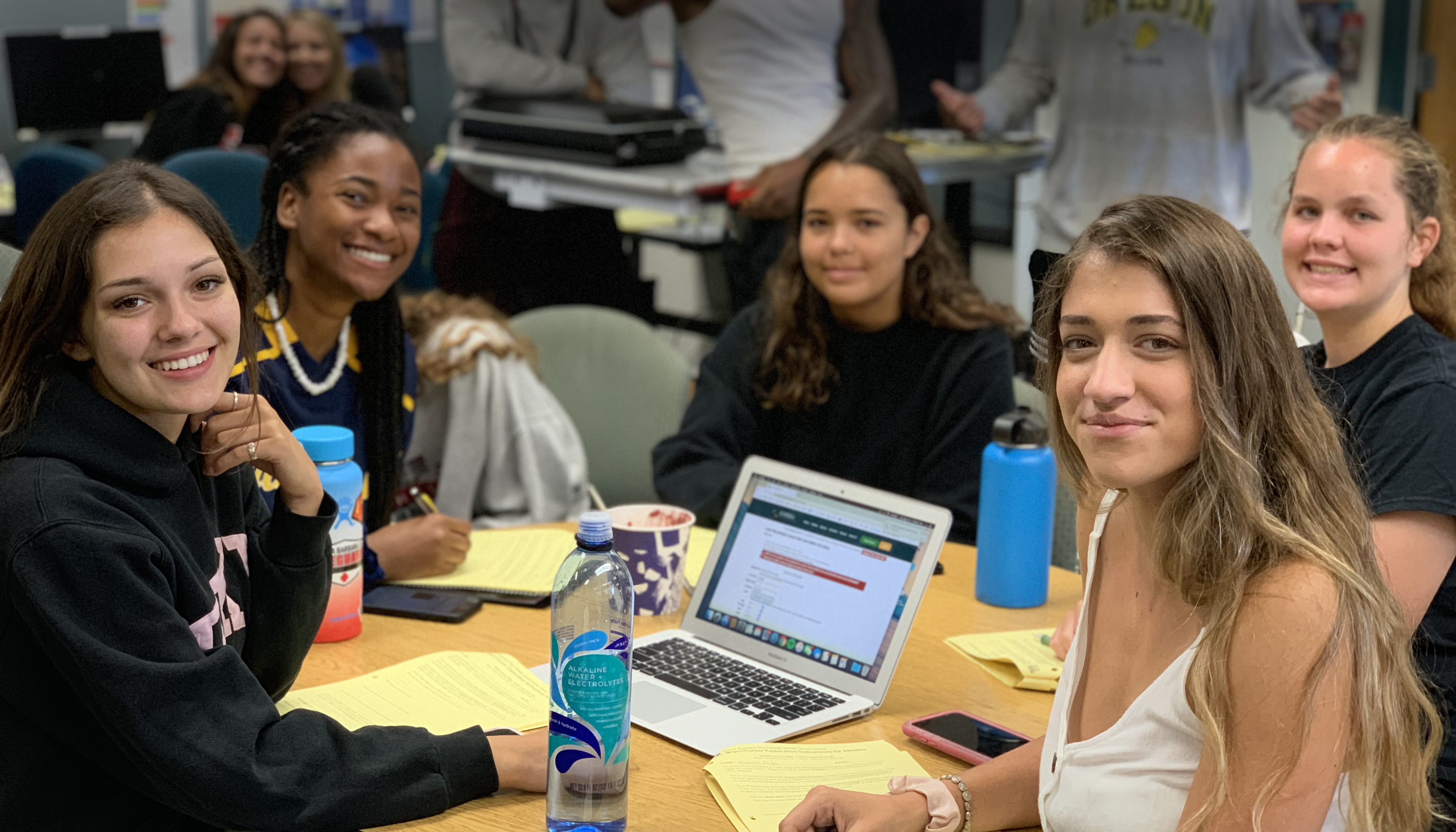
Resumes, Cover Letters and Interviews
Resumes, cover letters, and interviews are all ways that an employer can get to know you and inform whether or not you might be a good fit for an open position. Below are tools which will help you create or refine your resume and cover letter to help you put your best foot forward.
Workshops are offered periodically each semester. For the latest offerings, see the Events Calendar.
Resumes
Ensuring that you have a good resume is imperative for a successful job or internship search. A resume will help employers understand your experience and educational background to determine whether you might be a good fit for employment.
Creating a Resume
You should tailor your resume to fit the position you are applying for. In order to make this process easier, it is recommended to have one long "master" resume with all of your experience that you can pull from when tailoring a resume for each position that you apply for.
Parts of a Resume
- Header: list your contact information at the top of your resume including your name, phone number and professional email address. You can include your address at the top, or just list your location using the city and state you reside in. Your name should be a bigger font size than the rest of your resume and in bold.
- Objective: include a reference to the title or kind of position you are seeking.
- Summary of Qualifications or Profile: a list of your qualifications. You can also combine the objective and summary of qualifications into a short profile of who you are with a few highlights of what you bring to the job or internship.
- Education: include where you are studying, major, graduation or transfer month/year or expected graduation timing. GPA is not needed unless requested by the position, but you can include honors or awards. Coursework can be included if it's relevant to what you're applying to. List previous colleges, but not high school.
- Work Experience: use 2-6 brief descriptive phrases about your responsibilities and accomplishments in your previous roles. Ensure that your verbs are in the present tense for current jobs and in the past tense for previous jobs.
- Additional Options: other sections to consider might include volunteer work, technical skills, special interests/accomplishments.
Pro Tip: ensure that your formatting is consistent throughout your resume! Bold your headings and use the same bullet point styles and font throughout your resume. Headings and body text should each be a different font size and evenly spaced throughout your resume.
Frequently Asked Questions
Functional Resume Reasons for Use
Functional Resume Template
Sample Reference Page
You can use this worksheet to list the employer's ideal candidate based on the job
description and mark how much you qualify for the position, along with providing specific
examples that show your qualifications.
Ideal Candidate Worksheet
Cover Letters
The purpose of a cover letter is to introduce yourself and expand on the experience listed in your resume. The cover letter is your way to explicitly connect your experience to the job you are applying for. Here is also where you can express why you are interested in that specific position or employer.
Creating a Cover Letter
There are no specific parts of a cover letter the way there are for a resume. However, a good cover letter should:
- include an introductory paragraph that catches the reader's attention.
- connect your relevant experiences (both personal and professional) with the qualifications for the position you're interested in.
- stress what you have to offer the employer and not what you want from them.
- not simply restate what's in your resume, but expand on your duties or a specific project or accomplishment.
Pro tip: match the header on your resume and cover letter and ensure that both are the same font.
Interviews
The purpose of an interview is for you and the employer to connect and determine whether you can fulfill each other's needs. The employer will be assessing your strengths and abilities in relation to the position as well as your personality, attitude, communication skills, and appearance. The interview is a two-way street! Make sure that you communicate clearly how you are qualified for the position and that you learn what you want to know about the employer and the position.
Preparing for an interview
There are a few steps you can take to ensure that you are well prepared for your interview.
- Research the employer. Their mission and goals can help you answer questions in your interview and show them that you are a good fit for their organization.
- Understand the job description. Make sure that you read the job description and come prepared with any questions you may have about the role. Always have a few questions prepared to ask!
- Arrive 5-10 minutes early for your interview. Make sure you give yourself ample time to find parking if necessary!
- Greet every person you interact with and introduce yourself.
- Use good posture, maintain eye contact, and speak confidently!
| Explore Majors & Careers | Find Opportunities | Jobspeaker | Get Hired | Events & Workshops | For Employers |